

Talking about the art of water puppetry, we must first talk about the art of puppetry. Without characters, it is impossible to create a performance even when there is a story and a way of conveying it. Puppet characters are symbolic and conventional, and the investment in creativity right from the first stage is both a difficulty and a unique feature of puppetry. Dao Thuc village used to be called Dao Xa, and during the reign of Dong Khanh (1886-1888), it was changed to Dao Thuc. This village is located on the Ca Lo River ( in Thuy Lam commune, Dong Anh district, Hanoi ) , about 25 km from the center of Hanoi. This place is especially famous for its traditional water puppetry.
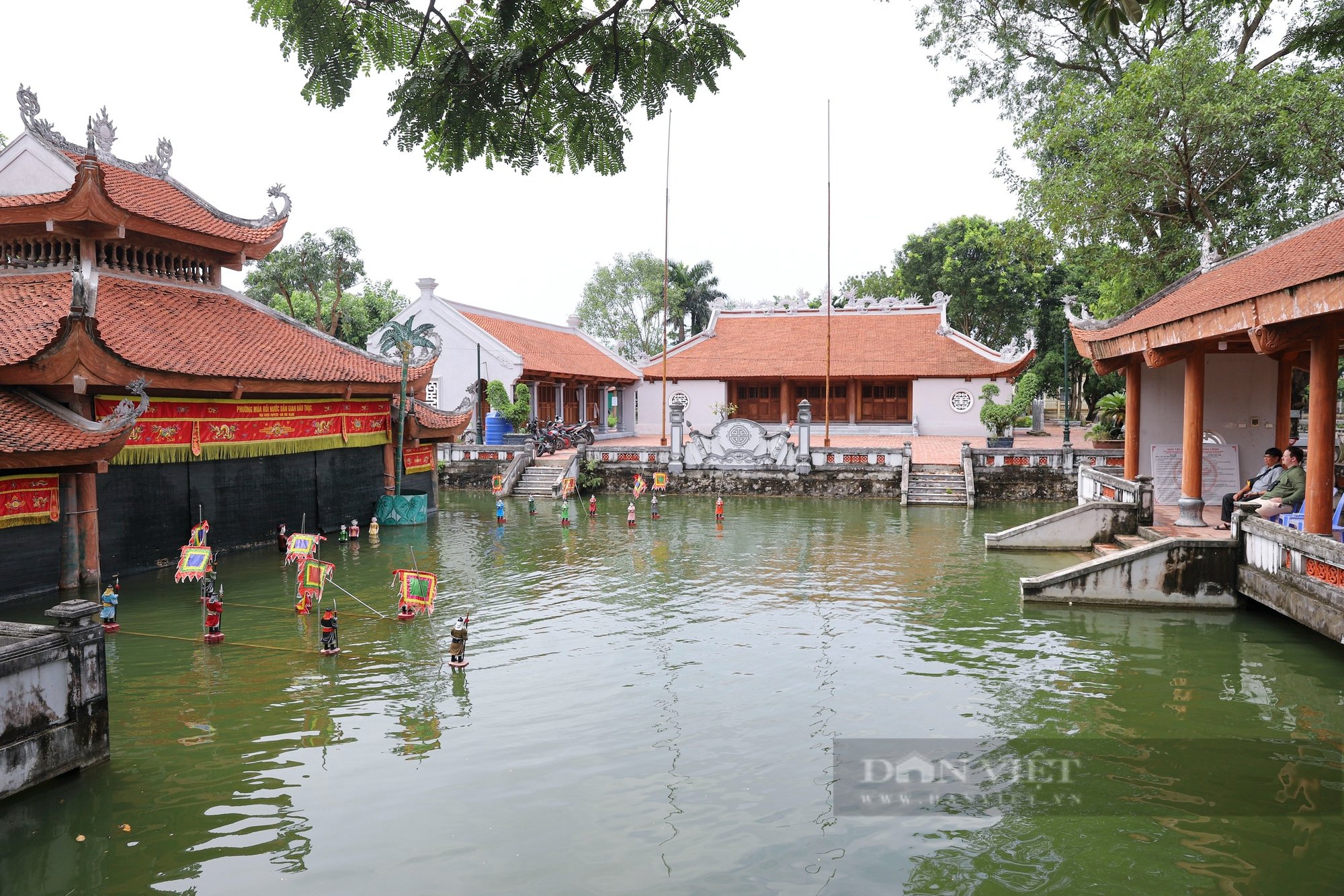
Right at the entrance of the village, next to the ancient pagoda, is the water pavilion - the stage for the 300-year-old traditional water puppetry performances of Dao Thuc village. Having gone through many ups and downs, the love and enthusiasm of the artisans here seem to have not changed. They are always passionate about performing, tirelessly passing on the passion to the generations of the village and encouraging each other to preserve the art of water puppetry, because it is a unique folk culture of the Northern Delta region.
In Dao Thuc, the water puppetry profession has existed for about 300 years, created and taught by the founder of the profession Nguyen Dang Vinh. As one of the first traditional craft villages of this art, the small village in Thuy Lam commune, Dong Anh has maintained, preserved and developed the art of water puppetry until today.
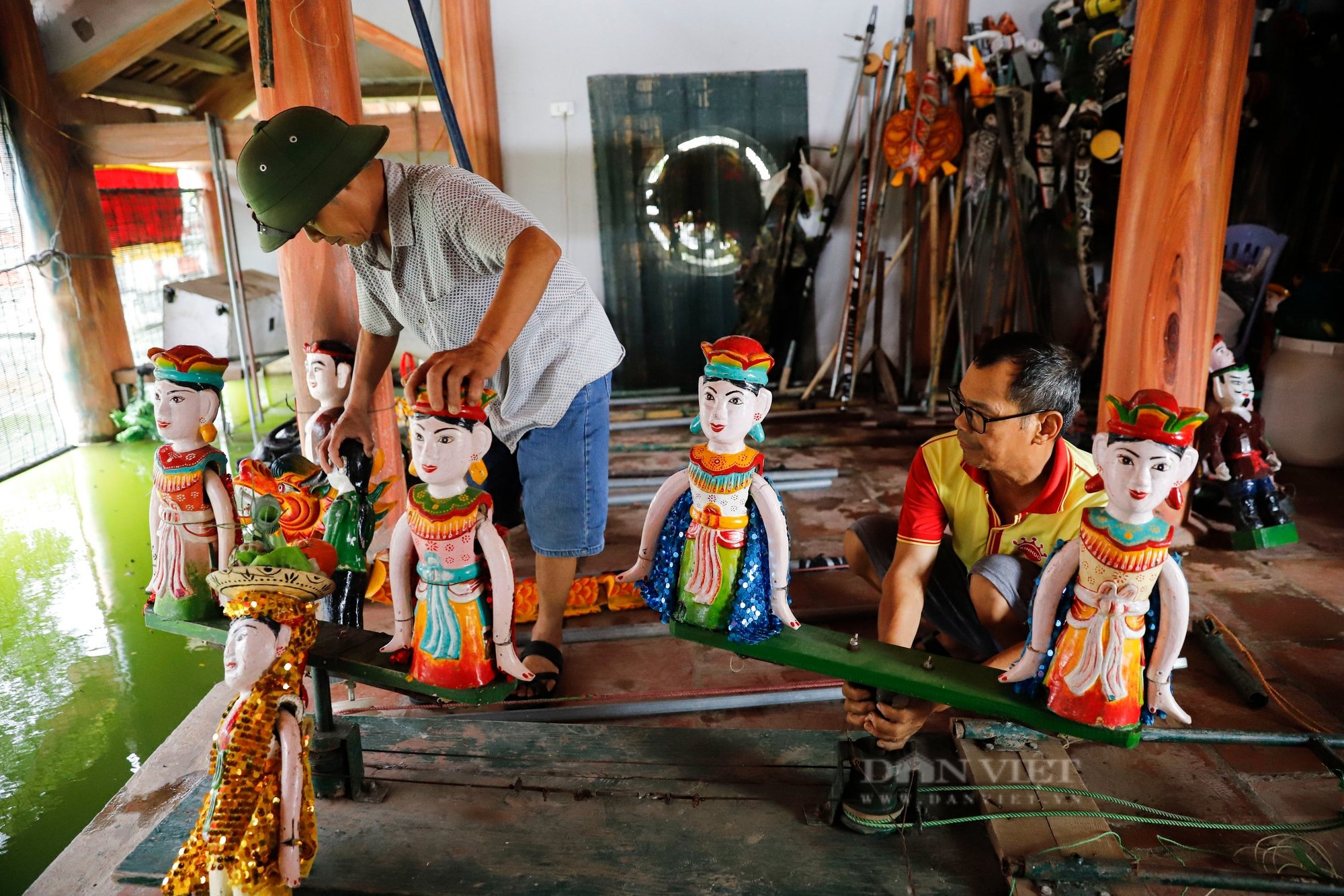
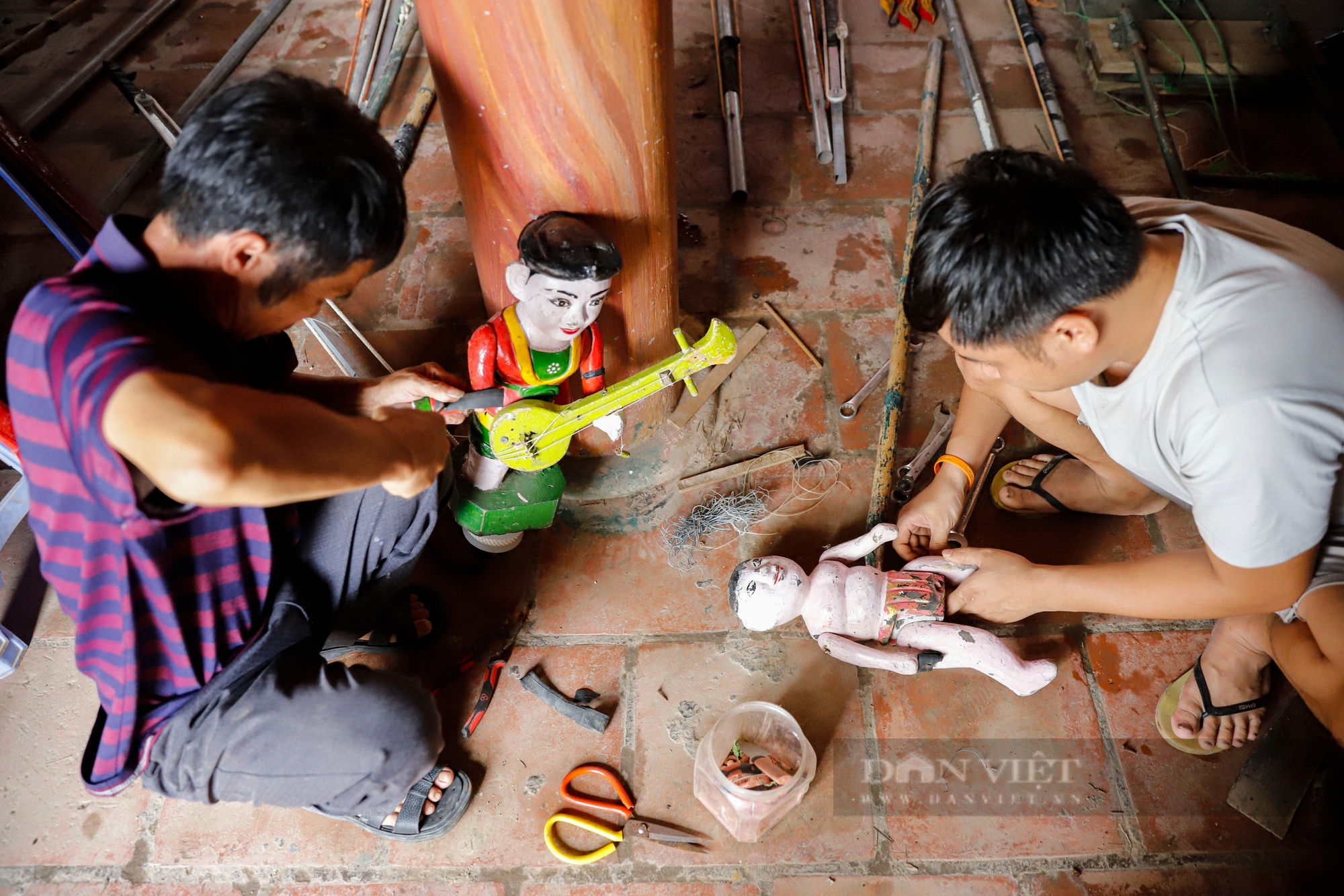
The technique of creating a puppet not only requires attention to the shaping stage, but also especially the wood used to make the characters in the water puppet play.
When talking about the art of water puppetry, we must first talk about the art of creating puppets. Without characters, it is impossible to create a performance, even if there is a story and a way to convey it. Puppet characters are symbolic and conventional, and the investment in creativity right from the first step is the difficulty and also the unique feature of puppetry.
The puppets are performed underwater, so it is necessary to use materials such as wood and special paint materials compared to land puppets, mainly made of fig wood, the pole attached to the puppet is made of bamboo, and the pulling strings are made of forked wire.
Analyzing the materials used to make handmade puppets at Dao Thuc, artisan Nguyen Van Phi said that due to the low water absorption rate of fig wood, "other types of wood can absorb 10, it only absorbs 2", making the puppets lighter and easier to control, so since ancient times, our ancestors have used fig wood to make them. Not only meeting the quality requirements, the "fig" wood here also symbolizes prosperity - a spiritual cultural feature of people in the past with the belief in a full and warm life when doing the job.
Products are in the process of being completed at the puppet factory.
Another special feature when it comes to water puppetry is the underwater stage. For this special performing art, water is a very important element, helping the puppets become lively, attractive and creating many surprising details that stimulate curiosity. At the water puppet theater, the performances will be carefully and meticulously prepared.
To ensure their health during the approximately 1-hour performance, puppeteers in Dao Thuc village must wear an extra layer of specialized clothing to keep their bodies warm.
Ms. Dang Thi Thuan (puppeteer at Dao Thuc village) shared that normally, puppet shows are scheduled in advance so we are proactive in terms of time and preparation. However, there are days when it happens suddenly, even when we are working in the fields, we have to leave our hoes and fields to perform puppet shows for tourists.
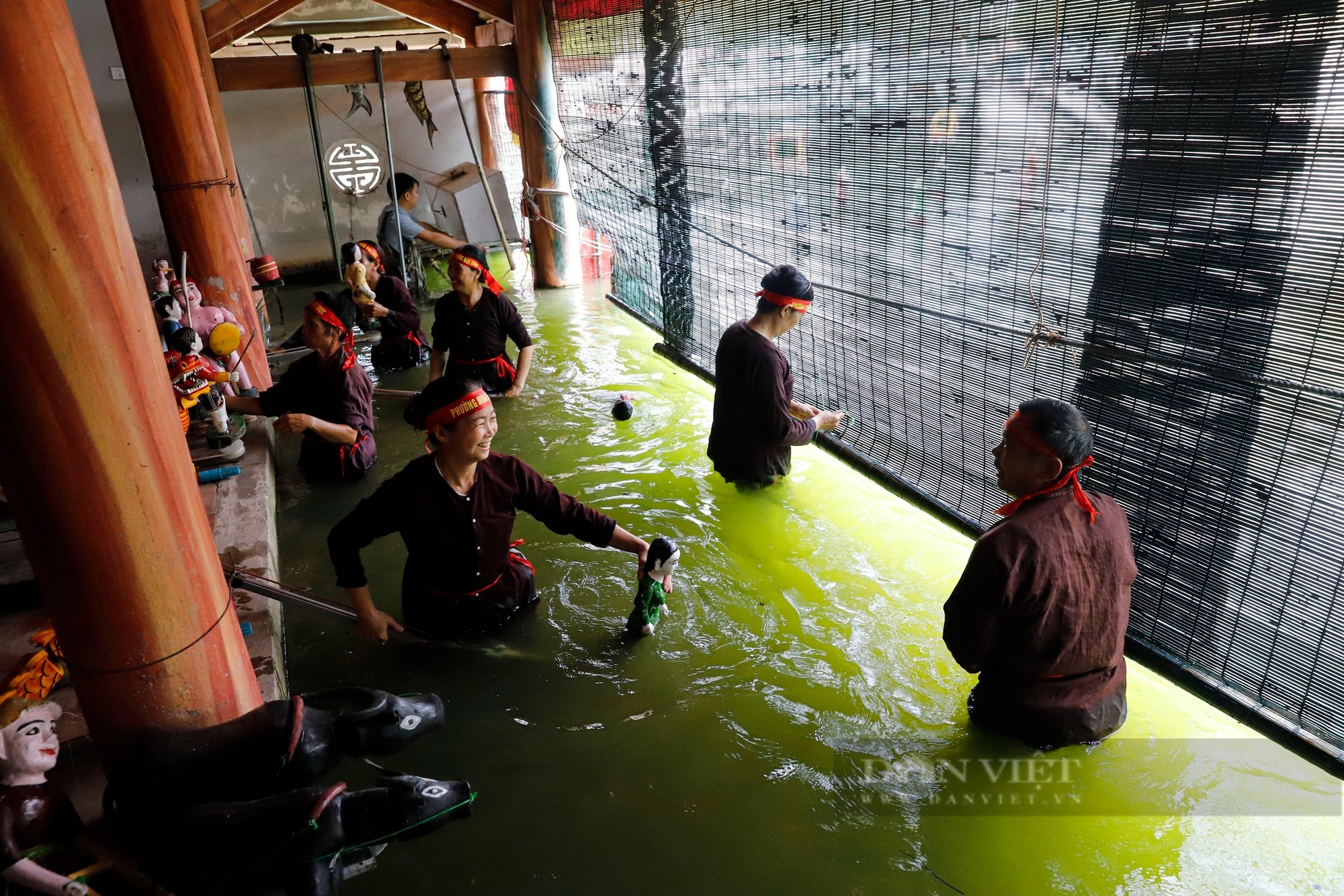
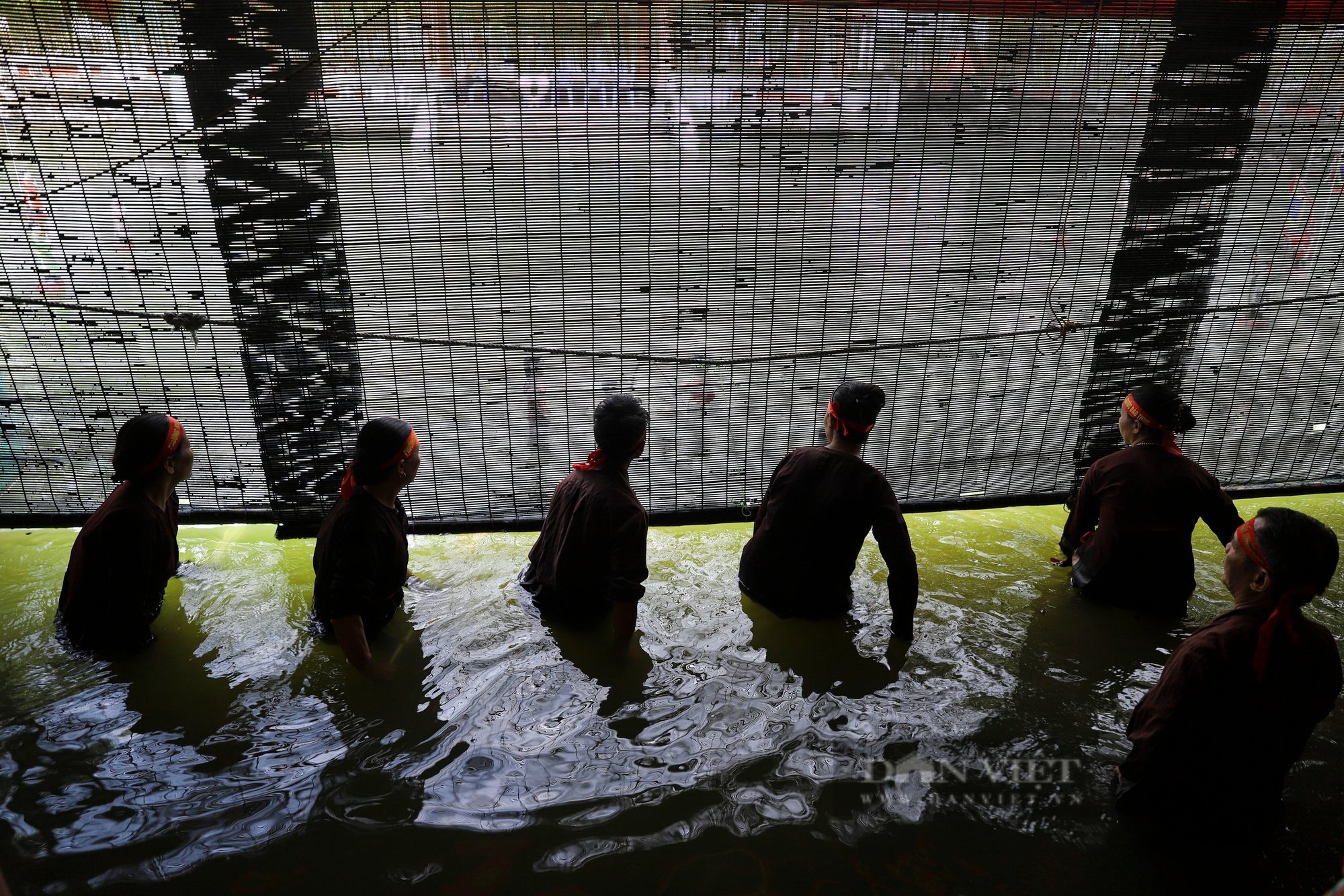
The underwater stage is located in the middle, next to the artists in charge of the sound with many different musical instruments, behind is a simulation of the traditional village roof with a bamboo curtain separating the theater room. The traditional elements of the water puppetry stage are still recreated most intact, even in a more modern space, helping visitors have the most impressive experience of this art form.
Not only is it a creative feature, but the way artists "breathe life" into lifeless puppets is the unique attraction of water puppetry in general and Dao Thuc craft village in particular.
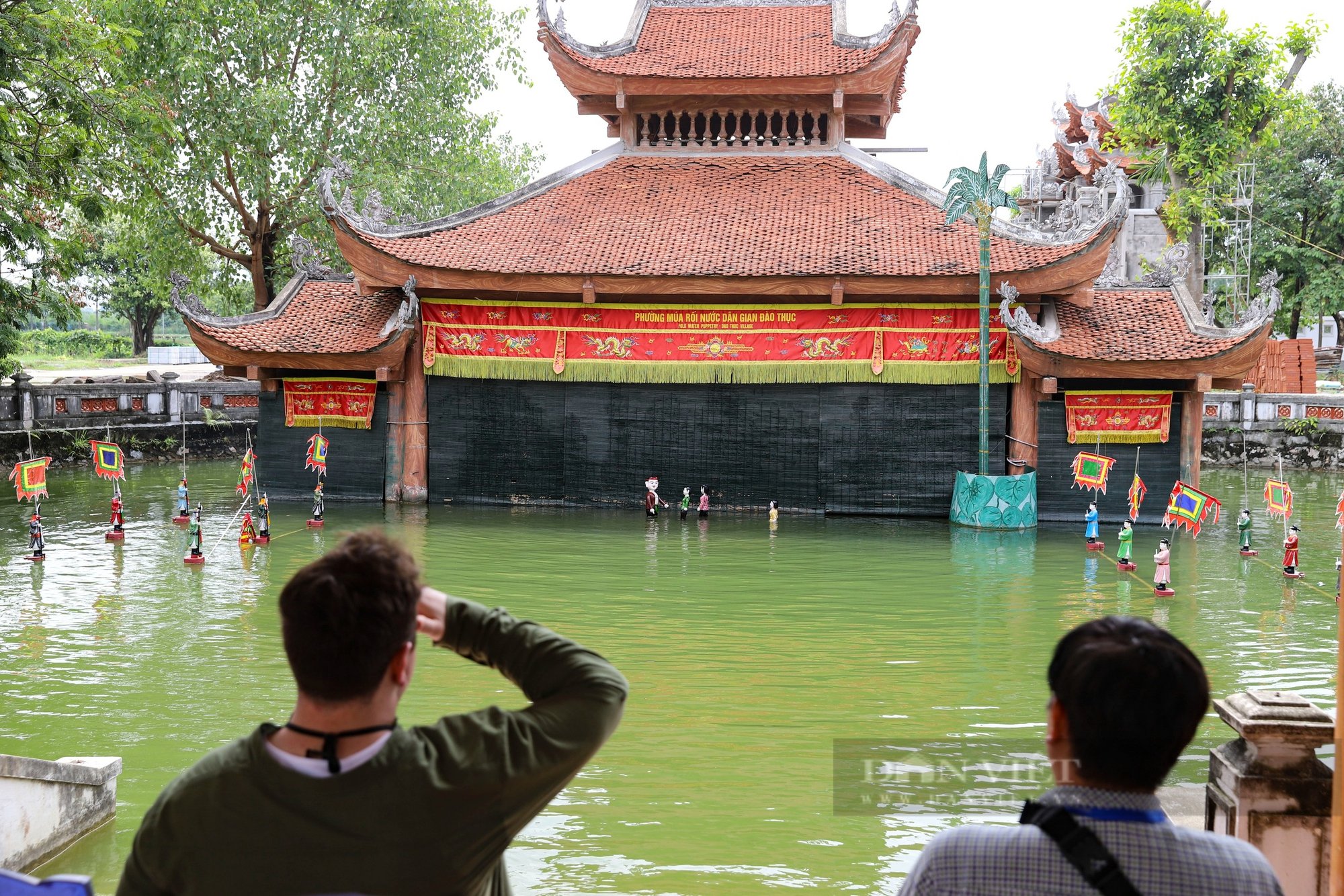
A water puppet show at Dao Thuc village lasts about an hour and costs around 1,300,000 - 1,600,000 VND. The more visitors there are, the cheaper the ticket price is. "We can perform with just one visitor, as long as there is a request," said an artist at Dao Thuc village.
At Dao Thuc water puppetry village, performances are set up in the middle of ponds and lakes with the communal house architecture above, symbolizing the communal house roofs of rural Vietnam. Each Dao Thuc water puppetry act lasts about 5-10 minutes, one act overlapping the other, without any introduction.
Until now, Dao Thuc water puppetry still preserves ancient performances such as: "Buffalo plowing"; "Getting on hammocks and getting off horses"; "Teu catching evil"; "Hitting foxes and catching ducks"...
Vietnamese water puppetry has reached an artistic level of high spiritual value, and is also one of the attractive forms of entertainment in the cultural and spiritual life of the Vietnamese people and creates unforgettable impressions in the hearts of international visitors.
Puppetry tours attract a large number of domestic and foreign tourists. According to puppeteer Nguyen Viet Cuong (Dao Thuc village), we can serve any tour, whether it has one guest or hundreds of guests. Photo: Dao Thuc puppetry group.
The hard work and passion for water puppetry are important factors that determine the precision and interest of each stage and each play that Dao Thuc artists create. Along with the enthusiasm and love for the profession, few viewers know the efforts behind the water stage of the farmers of Dao Thuc puppetry troupe.
Organizations and schools have come to Dao Thuc to experience this folk art form. Photo: Dao Thuc Puppetry Troupe.
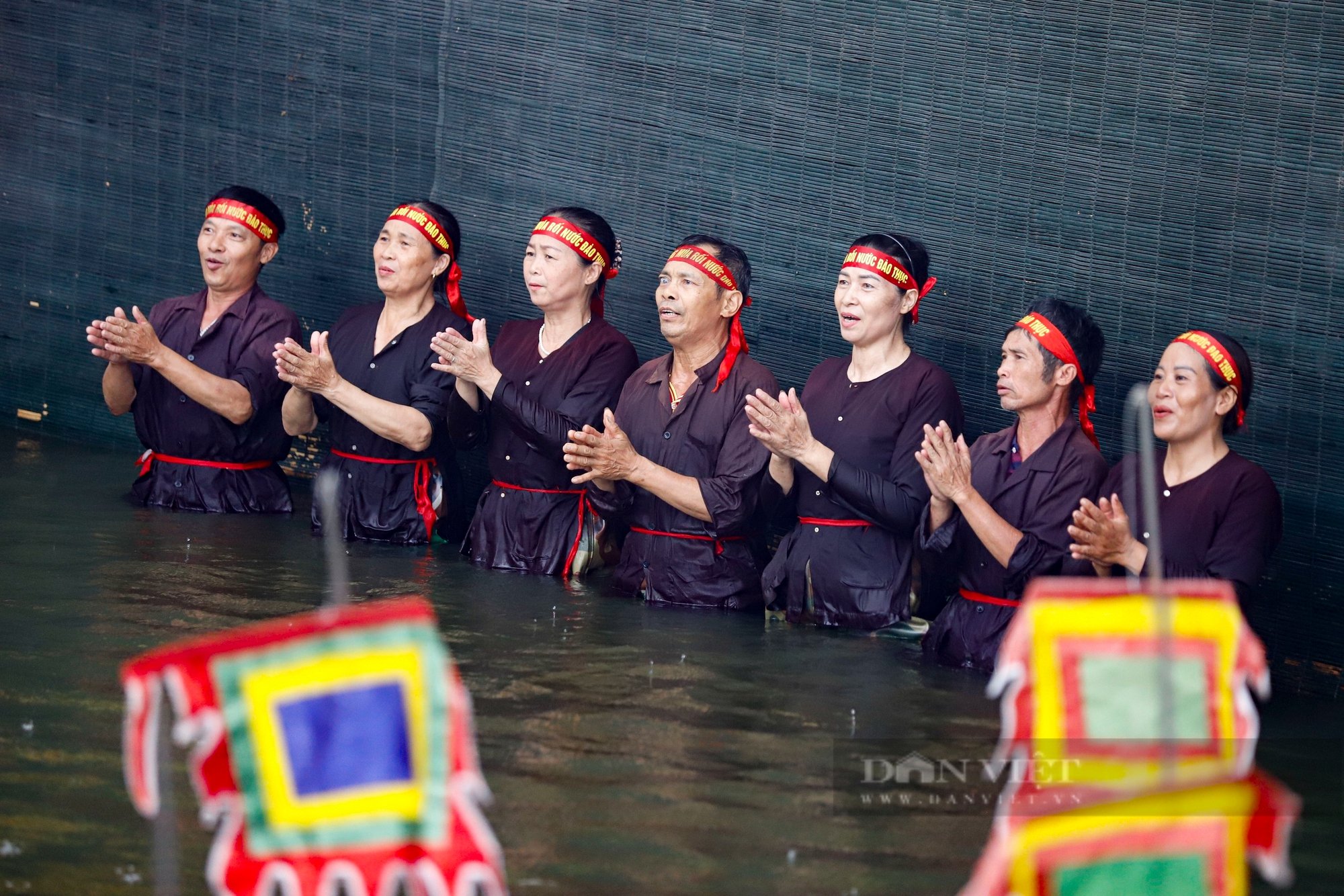
In order for the traditional water puppetry profession to continue to be passed down to this day, every villager in Dao Thuc village has contributed a little effort to preserve the traditional art left by their ancestors: the makers, the performers, the scriptwriters, the tourism promoters. However, the artisans of Dao Thuc village still cannot make a living from this profession. Sharing from one of the people who directly participated in the performances, artisan Nguyen Viet Cuong said that the income from a performance at the village's water pavilion is only about 100,000 VND/person. If going on tour, the income can range from 200,000 - 300,000 VND/person/day.
Without a stable income from traditional occupations, skilled artisans leave to make a living, so there are no more talented people, especially those who play traditional musical instruments such as flutes, two-stringed fiddles, zithers, three-stringed fiddles, etc. This is the most difficult situation for puppetry troupes in general and Dao Thuc troupe in particular.
PHAM HUNG
Source: https://danviet.vn/kham-pha-tinh-hoa-nghe-thuat-roi-nuoc-tai-lang-nghe-hon-300-nam-tuoi-o-ngoai-thanh-ha-noi-20240731141059522.htm





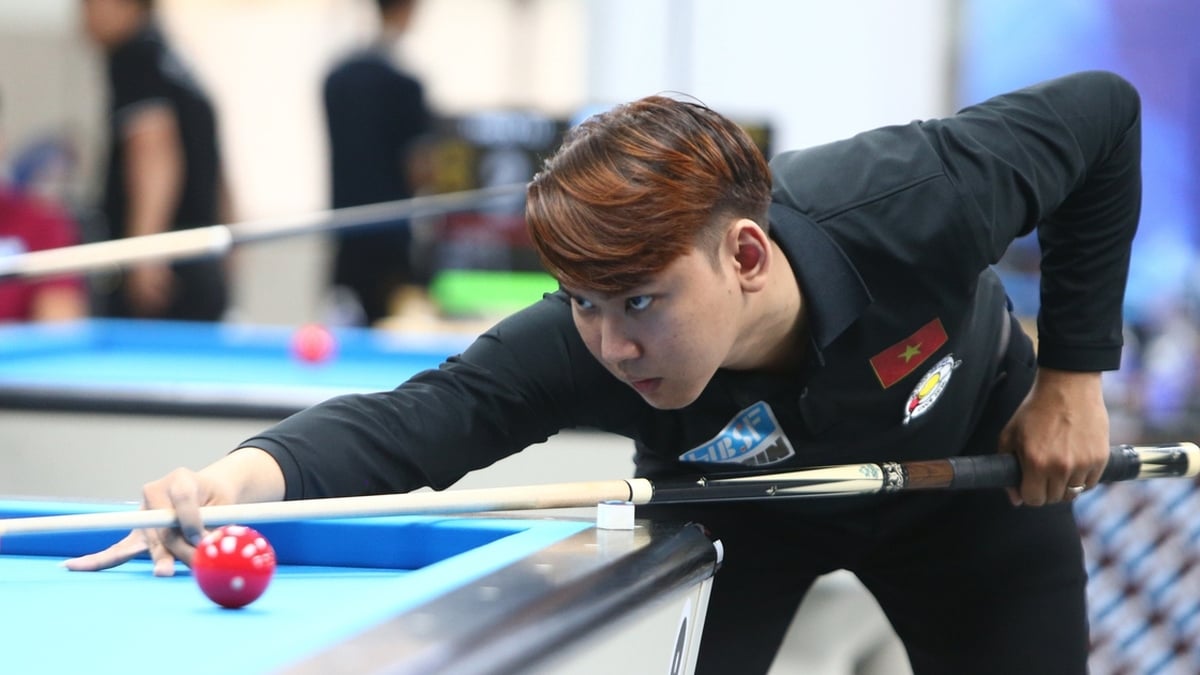
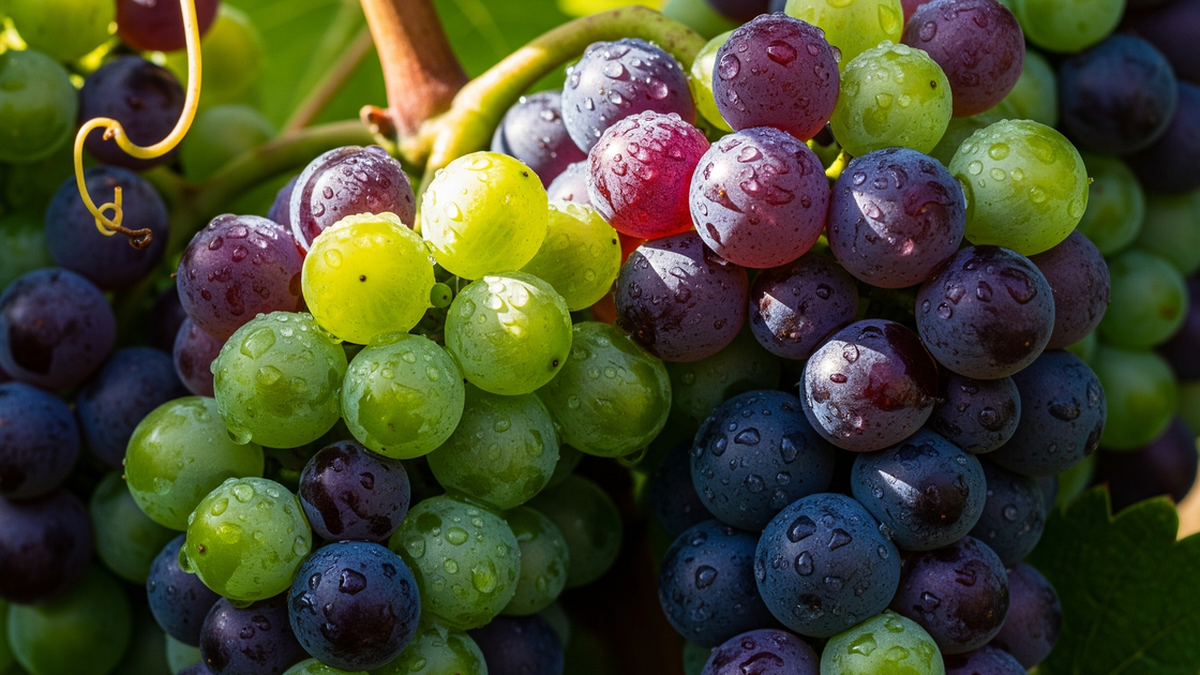

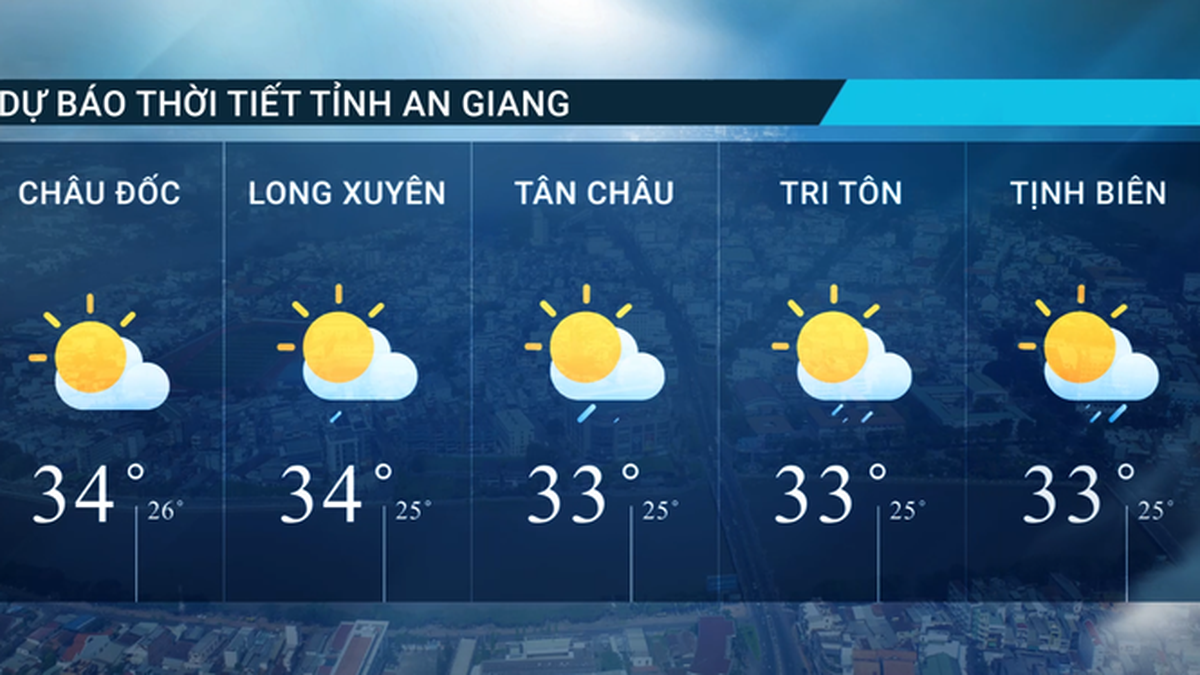

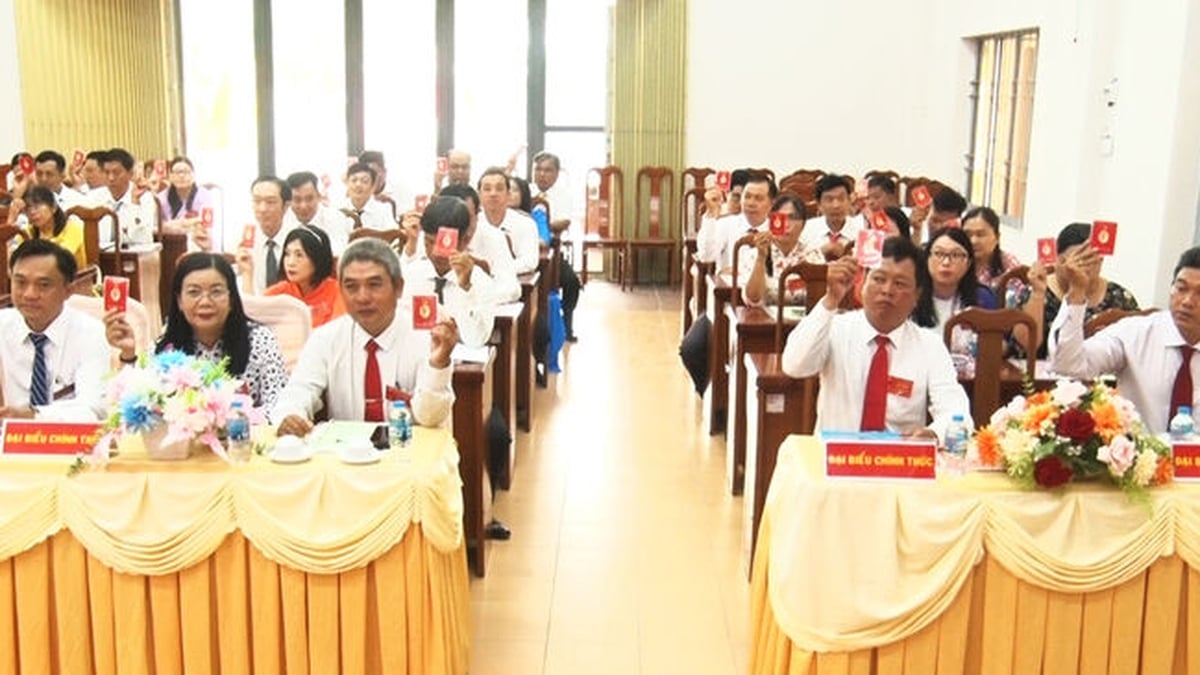



















































































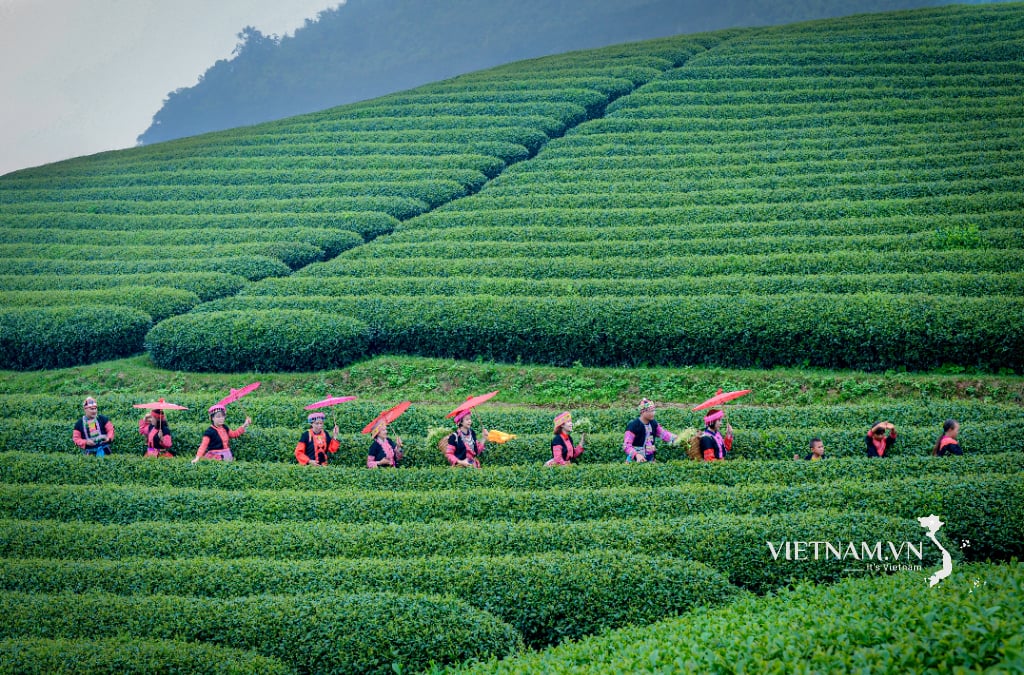

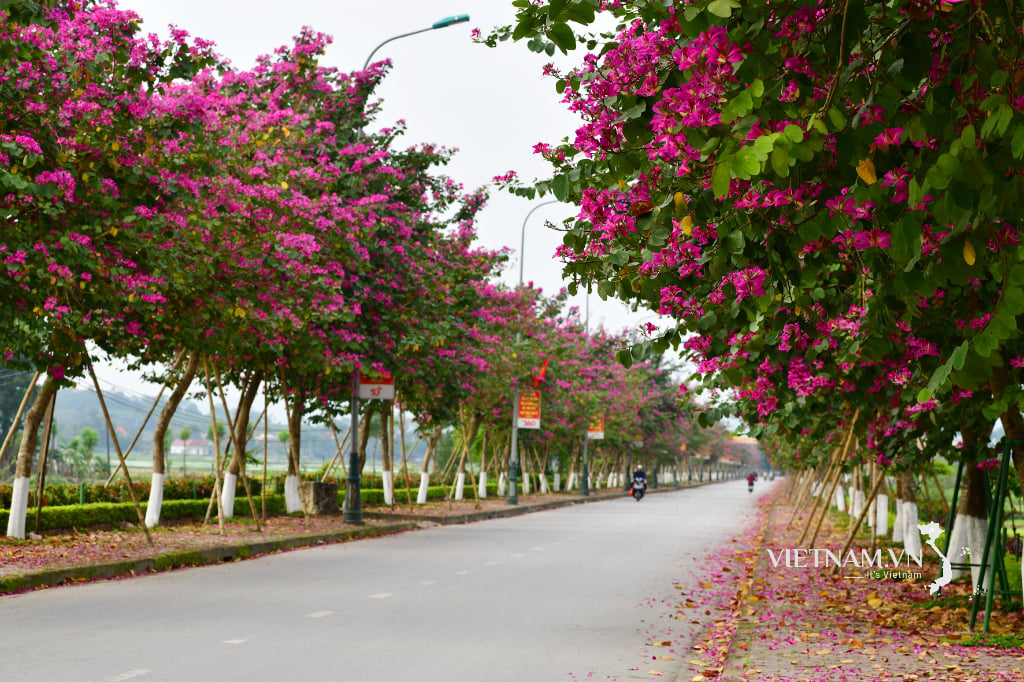

Comment (0)